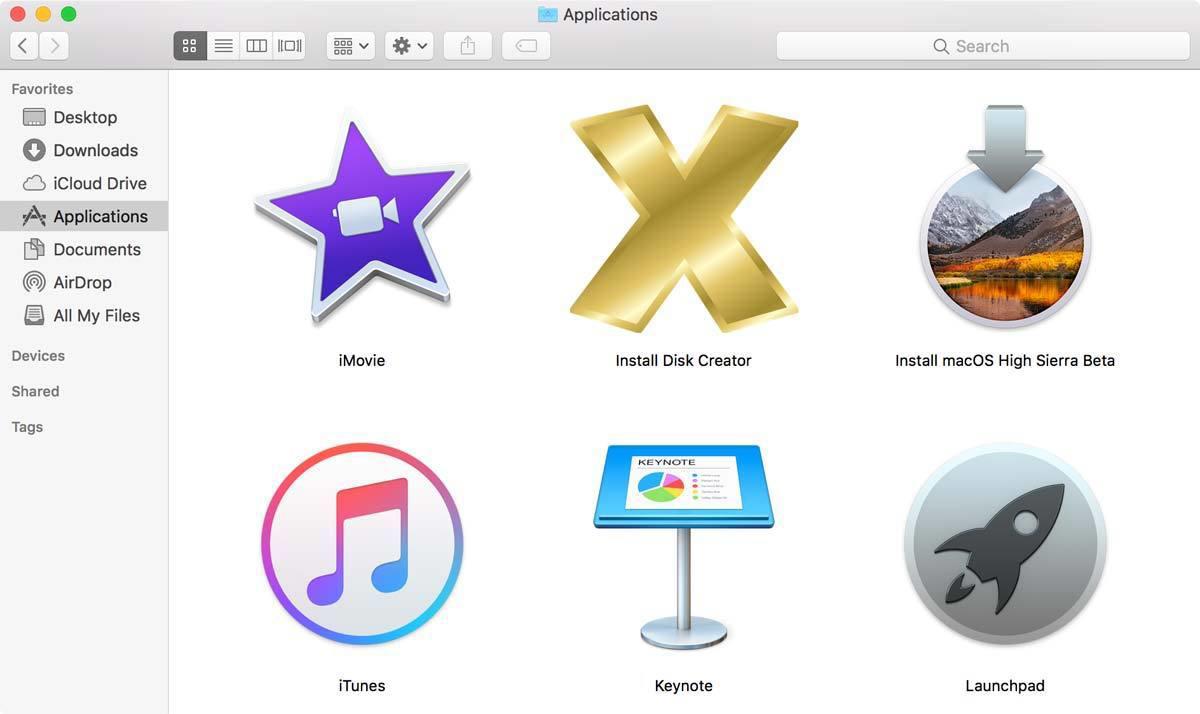

Drill-down through the Contents | Shared Support directories and drag-drop the InstallESD.dmg to the desktop ( Figure D).This reveals the contents of the installer itself and makes navigating the structure possible. Right-click the installer and select Show Package Contents from the context menu ( Figure C).Apple OS X 10.7 (Lion), 10.8 (Mountain Lion) Certain versions of OS X will require a different procedure to complete. With the drive now partitioned properly, see the sections below to go about copying the media/installer contents to the drive. Click the Options button, select the GUID Partition Table, and then click OK and Apply to commit the changes ( Figure B).I suggest naming each partition with the OS X version that will occupy the space to make it easier to identify later ( Figure A). Launch Disk Utility.app and partition the external drive as three separate partitions of 8 GB each.However, the limit is really based on the total capacity of the drive to be used. Partitioning the driveįor the purposes of this article, I’ll be creating three installers of OS X: 10.8, 10.9, and 10.10. Also, since many Macs include SD card readers, a large capacity SD card could be used instead of a USB drive as well. When considering the requirements, particularly the flash drive size and speed, I recommend accommodating a minimum of 8 GB per OS X installer and preferably supporting USB 3.0 specification for faster file transfers as opposed to USB 2.0, which will work admirably, but slower. USB flash drive with at least 8 GB for each version of OS X to be supported.

#OSX INSTALLER MAKER INSTALL#
#OSX INSTALLER MAKER HOW TO#
How to create an OS X multiboot USB install drive


 0 kommentar(er)
0 kommentar(er)
